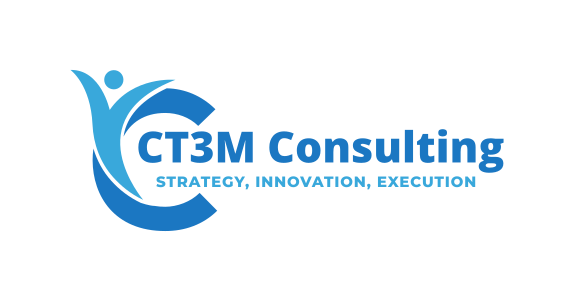

Let’s Start A Conversation
303.593.2070

In general, floor plan financing is an asset-backed, revolving line of credit or short-term loan made to a company so it can purchase products for sale. Those products, or their inventory, serve as collateral for the loan if the business does not sell its products and cannot repay the loan. It is especially useful for businesses that must pay their suppliers in a shorter period than it takes them to sell their inventory to customers. It also provides a solution to seasonal fluctuations in cash flows and can help a business achieve a higher sales volume.
Each loan advance is made against a specific piece of collateral. Items commonly financed through a floor plan facility are automobiles, trucks, recreational vehicles, boats, construction equipment, agricultural equipment, manufactured homes, snowmobiles, large home appliances, furniture, television and audio equipment, or other types of merchandise sold under a sales finance contract. As the dealer sells each piece of collateral, the loan advance against that piece of collateral is repaid. When inventory does not sell as expected, the dealer may be required by the loan agreement to repay the debt with other cash sources.
Dealers are usually highly leveraged because of the need to maintain large amounts of inventory. As the cost of the inventory rises, the dealer’s floor plan requirements also rise, increasing the amount of capital needed to operate. This type of inventory financing becomes an important source of capital. A floor plan borrower typically has stronger asset liquidity than other commercial borrowers due to a tangible collateral base. A dealer operates much like a cash-based business, and the essence of the dealership business model is to turn over inventory for cash proceeds in a relatively short time. In a normal market, a successful dealer can liquidate its financed inventory quickly before the inventory loses a significant amount of its original value.
A floor plan loan agreement for new inventory usually involves three parties: the supplier of goods, the dealer, and the lender. The dealer purchases inventory from the supplier through the lender’s guarantee of payments to the supplier. When a dealer first enters into a financing arrangement with a lender, the dealer executes a master loan agreement, which sets forth the basic conditions of the relationship between the dealer and the lender. This agreement normally grants the lender a continuing security interest in the dealer’s inventory, receipts, and accounts receivable. Generally, article 9 of the Uniform Commercial Code (UCC) requires a lender to enter into a security agreement with the dealer and provide public notice of this security interest. Because states must individually adopt the UCC and may choose to vary from it, however, the method of perfecting a security interest may differ from state to state. A floor plan facility often includes an agreement from the supplier/manufacturer to repurchase unsold inventory within specified time limits. The bank and the manufacturer could execute other agreements on matters such as loss sharing and recourse
